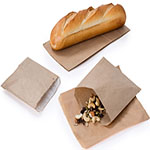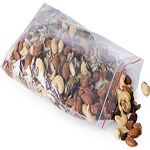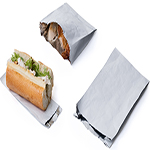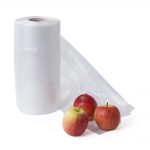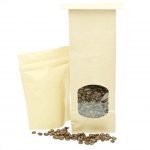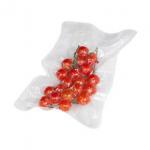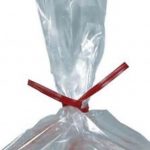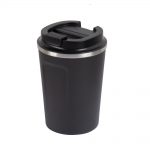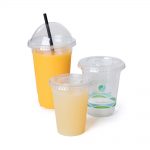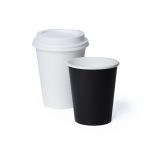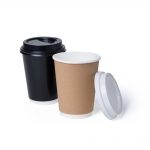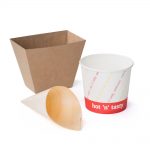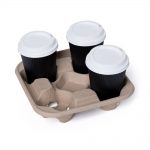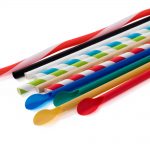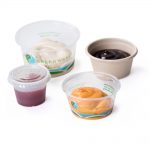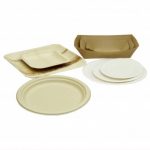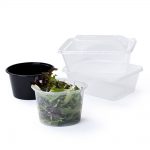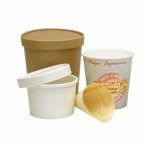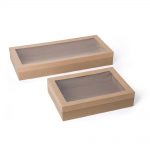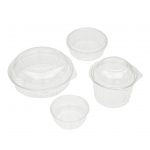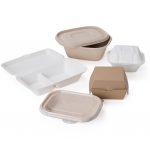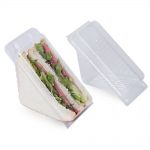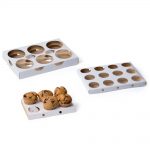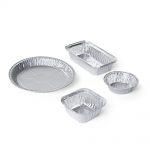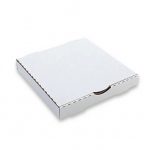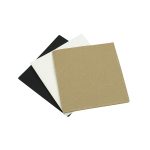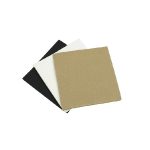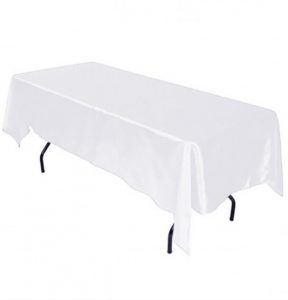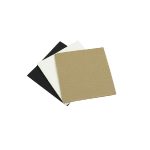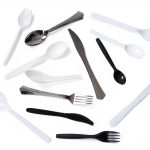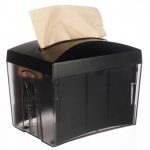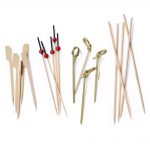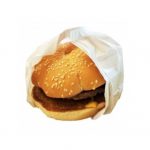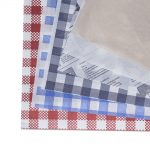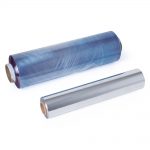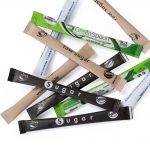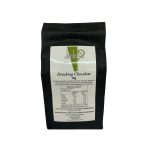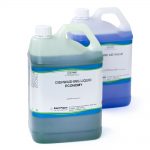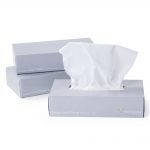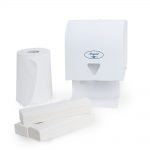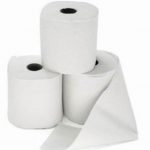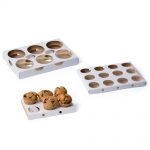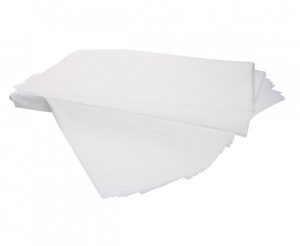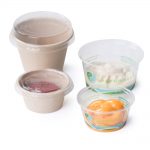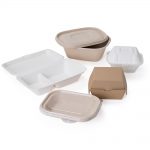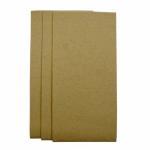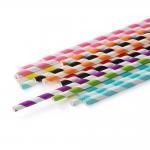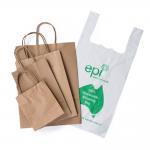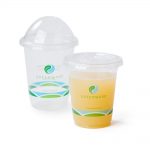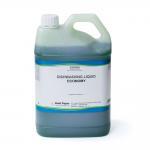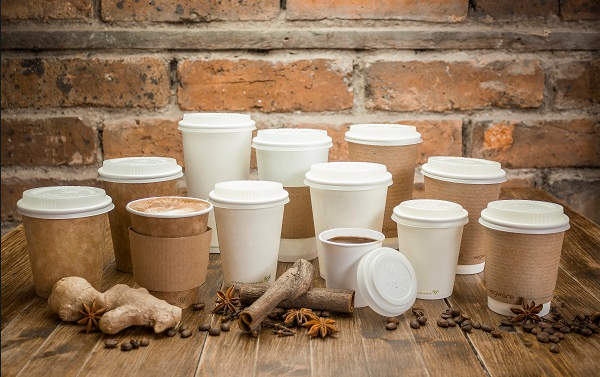Blog Categories
- Tips and Advice (55)
- Sustainability (26)
- Trends and Innovations (25)
- Tutorials and Templates (6)
- Regulations (2)
Jul
05
Posted on September 21, 2016 by Ash Bennett
05
How to Manage your Food Packaging Waste Disposal
Posted on September 21, 2016 by Ash Bennett
Packaging can account for a considerable proportion of a food retail outlet’s operating costs – from purchase price, to handling and the storage of waste packaging. However, there are many ways in which a business can reduce the cost of packaging and packaging waste, including:
* Reducing excessive packaging
* Redesigning packaging to use less or different materials such as lighter or recycled material
* Identifying suppliers that use reusable packaging
* Looking for ways to reduce material offcuts in packaging processes
* Reusing incoming cartons as outgoing cartons
Segregating waste packaging for in-house reuse rather than disposal
Waste Reduction
Fifty to seventy percent of a food service operation’s waste (by weight) consists of compostable food items. Food packaging makes up most of the remaining weight, but accounts for around 70 percent of the volume of food service trash. Almost two-thirds of a typical waste bin in a takeaway shop can be recycled instead of being sent to landfill.
Waste reduction is one of the most effective low-cost or no-cost ways to reduce disposal fees, and run a ‘greener’ commercial kitchen. The first valuable step in reducing the amount of waste a restaurant produces is to conduct a waste audit. Waste audits allow you to physically see what waste is being produced.
Once an audit has been conducted, you can then go about evaluating your practices to see how you can more effectively manage your waste production. There are four key areas to look at – avoiding waste, reducing waste, reusing waste and recycling waste.
The best way to reduce waste is to not produce it in the first place. This is often called ‘precycling’ or waste prevention. Waste prevention includes choosing products that come with less or no packaging, buying bulk items, and sourcing vendors that reuse their packaging. Precycling also looks to eliminate potentially unnecessary items like toothpicks, paper doilies and inedible garnishes.
Tips to Avoid Waste
* Find out if your suppliers can take back packaging or supply reusable packaging. For example, fresh meat and fish can be supplied in returnable plastic crates, as can bread, milk and pre-made sandwiches.
* Use paper products rather than plastic where possible, for example cardboard ‘clam-shells’ or paper coffee cups instead of polystyrene.
* Provide customers with a plastic carry bag only if requested and avoid giving out bags that are too large.
Tips to Reduce Waste
* Buy in bulk whenever feasible, which means paying less for packaging.
* Put up signs in your food service outlet that promotes waste reduction and recycling.
* Reduce plastic waste by only supplying straws and disposable forks if a customer specifically requests them.
If all means possible have been taken to avoid or reduce waste, then the next two steps involve choosing products that are packaged in more recyclable materials, such as cardboard rather than plastic, or products shipped in reusable containers.
While there are some benefits to reusable containers, there are also safety and quality risks, notably the potential for bacterial contamination. However, control via the creation and implementation of effective food safety procedures and ongoing monitoring and audits serve to counterbalance these risks.
Tips to Reuse Waste
* Return wooden and plastic pallets to suppliers. Clean, undamaged polystyrene and waxed cardboard boxes can be returned to markets.
* Offer your customers empty cardboard boxes to carry their food in rather than plastic bags.
* Use refillable and reusable items, such as sugar and condiment dispensers, and supply reusable cutlery, tableware and food storage containers.
* Reuse containers, for example plastic bottles and ice cream boxes, to store produce, or for other purposes such as internal food waste bins.
Tips to Recycle Waste
* Put materials including paper, cardboard and plastic in the correct recycling bins.
* Use a compactor to reduce the physical volume of recyclables, particularly for bigger items such as cardboard. If you are charged per bin lift this will reduce the number of lifts and help save money.
* Try to close the recycling loop and buy products with a recycled content e.g. hand towels, menus printed on 100 percent recycled paper, food-grade recycled plastic containers. This will help drive demand for the products, increase their value and stabilise markets.
* Save money, while at the same time helping the environment, by using a reduced waste collection service.
While business owners can influence the amount of food packaging material that is wasted, your employees are ultimately responsible for day-to-day food storage, organisation, preparation and disposal. Implementing new products and programs without integrating a comprehensive training program will result in failure.
Continual training of staff is crucial to ensure that new sustainability programs are accepted and successful. Most employees will be keen to implement sustainable practices at work so make sure you’re involving them in the process.
Ultimately, the more your business can reduce, reuse and recycle its waste, the less you have to spend on waste disposal and purchasing unnecessary food packaging items. It’s a win for the bottom line, and a win for the environment.

